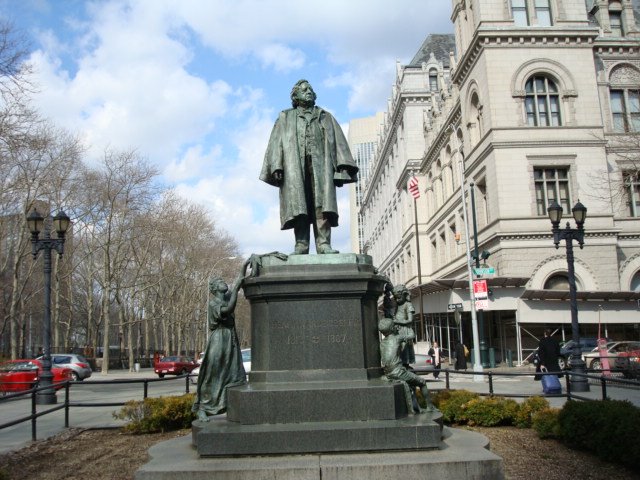 While I walking to my school I saw this statue of Beecher sits in Columbus Park in front of Brooklyn Borough Hall. Beecher was born on June 13, 1813 in Litchfield, Connecticut, and was the son of a well-known Presbyterian minister, Lyman Beecher (1775–1863). Among Henry Ward’s ten siblings was his sister Harriet Beecher Stowe (1811–1896), author of the classic anti-slavery novel, Uncle Tom’s Cabin first published as a serial in 1851–52. The figure was designed by John Quincy Adams Ward he is the best known for his George Washington in front of Federal Hall and dedicated in 1891, just four years after Beecher’s death.
While I walking to my school I saw this statue of Beecher sits in Columbus Park in front of Brooklyn Borough Hall. Beecher was born on June 13, 1813 in Litchfield, Connecticut, and was the son of a well-known Presbyterian minister, Lyman Beecher (1775–1863). Among Henry Ward’s ten siblings was his sister Harriet Beecher Stowe (1811–1896), author of the classic anti-slavery novel, Uncle Tom’s Cabin first published as a serial in 1851–52. The figure was designed by John Quincy Adams Ward he is the best known for his George Washington in front of Federal Hall and dedicated in 1891, just four years after Beecher’s death.
Later referred to as “the Dean of American Sculptors,” Ward contributed nine sculptures to the parks of New York, among them Horace Greeley (1890) now in City Hall Park, he was chosen to make Beecher’s death mask, and then selected by the memorial committee to sculpt his full-scale bronze effigy. In 1847 Beecher took charge of the newly formed Plymouth Congregational Church in Brooklyn Heights. Beecher was an inspirational spiritual leader, and an outspoken and eloquent commentator on issues of the day, opposing slavery and supporting women’s suffrage, and through his sermons, lectures and writings attained broad influence on popular opinion.

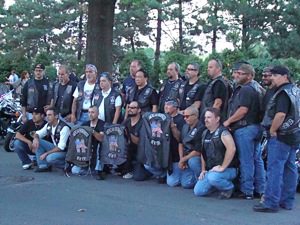
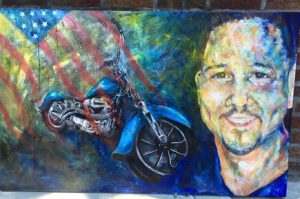
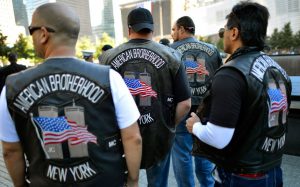


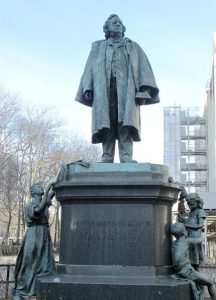
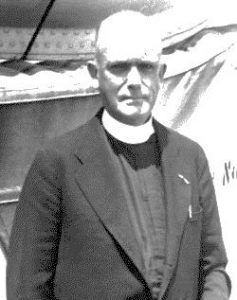
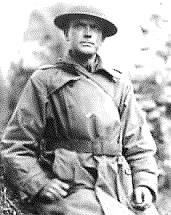

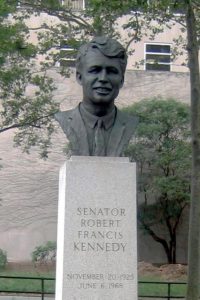

 While we went to a trip to the Metropolitan museum of art this May 6, 2017, some of the statue that I found interesting was the first statue when we entry to the museum. This status is the Marble statue of Athena Parthenos, Greek Hellenistic period, c,a 170 after the mid 5th century , chryselephantine cult statue of Athena Parthenos by Pheidias in Athens. The cult statue of Athena in the Parthenonn at Athens was still standing while the Hellenistic kingdom of Pergamon was flourishing. Moreover, the ties between the two centers were extensive.
While we went to a trip to the Metropolitan museum of art this May 6, 2017, some of the statue that I found interesting was the first statue when we entry to the museum. This status is the Marble statue of Athena Parthenos, Greek Hellenistic period, c,a 170 after the mid 5th century , chryselephantine cult statue of Athena Parthenos by Pheidias in Athens. The cult statue of Athena in the Parthenonn at Athens was still standing while the Hellenistic kingdom of Pergamon was flourishing. Moreover, the ties between the two centers were extensive.






